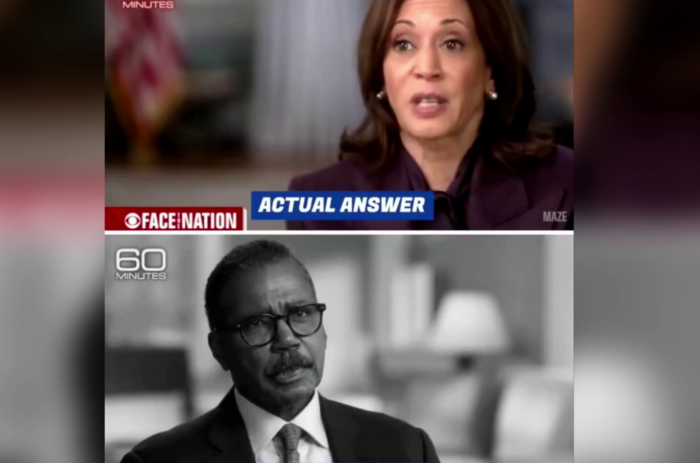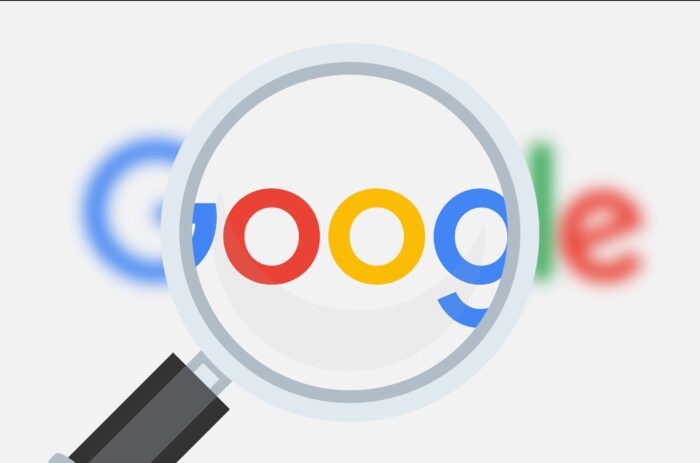redo Jump to...
print Print...
Directions
-Read the excerpt below from Simon Plosker's January 15 post at HonestReporting.com.
-Read "Types of Media Bias" in the right column. Then answer the questions.
From a blog post by Simon Plosker posted at HonestReporting.com (original post date 1/15/13):
In a story that was reported by Israeli press, including the Jerusalem Post and Times of Israel [on January 4], a video from 2010 was released by the Middle East Media Research Institute (MEMRI) of Egyptian President Mohammed Morsi opposing peace with “the descendants of apes and pigs.” (See transcript here.)
That the leader of the Arab world’s most powerful and influential state has openly expressed anti-Semitic views and his opposition to peace with Israel was a potentially huge international story. Or was it?
Forbes magazine’s Richard Behar [on Jan. 11] asked the question as to why no American newsrooms deemed Morsi’s comments worthy of attention:
Needless to say, this was HUGE NEWS for American mass media! Only it wasn’t. (Knock, knock, New York Times? Anybody home?) In fact, to be fair to the paper of record, not a single major outlet has covered it. Not AP or Reuters. Not CBS News or CNN. Not Time magazine or U.S. News & World Report. Not the Washington Post, the Wall Street Journal, or USA Today. Etcetera. And therein lies a story, which this column can only begin to skin open here. …
Undoubtedly, the Cairo and Jerusalem bureaus of the big U.S. media outlets saw the story. But the news only found its way to certain American readers and viewers by getting picked up in Jewish and/or conservative forums over the following days. …
Most would agree that, even in the internet age, the [New York] Times is still the leading agenda-setter for major media. It is, after all, the best paper around, a true wonder-of-the-world. But it does seem to avoid covering Islamist incitement against Jews (and Christians) like the plagues.
Lo and behold, however, today’s New York Times (January 15) covers the Morsi story. While it took the intervention of a respected publication such as Forbes before the New York Times woke up and reported the news that should matter to its readers, credit to the paper for publishing the story while other mainstream media such as CNN, BBC, Washington Post and others have failed to do so.
From the original release of the story on January 4 and Richard Behar’s article on January 11, it has taken some eleven days for the New York Times to file a report.
According to the NY Times report: “Representatives of Mr. Morsi have declined repeated requests over more than three days for comment on his remarks.” This would imply that journalist David Kirkpatrick first cottoned on to the story on the day that Behar called out the NY Times.
While it is concerning that the NY Times initially didn’t consider anti-Semitic and anti-Israel comments from the Egyptian president to be worth covering, at least the paper did eventually publish the story. We wait to see whether others will follow the NY Times’s lead.
Why is this important? That Egypt’s president uttered these statements is newsworthy in its own right. But in the bigger picture, the media tends to concentrate its attention on presenting Israel as the intransigent side, placing issues such as settlements at the heart of the Middle East conflict. Meanwhile, anti-Israel incitement from the Palestinians and the wider Arab world is virtually never covered and is thus rarely factored in as a potential obstacle towards peace.
It’s time that the mainstream media acknowledges that the Mideast conflict might actually be based on more than just a simple territorial dispute.
In this case, thanks to Richard Behar, it’s better late than never.
To accurately identify different types of bias, you should be aware of the issues of the day, and the liberal and conservative perspectives on each issue.
Types of Media Bias:Questions
1. Watch the video and read the transcript of Egyptian President Mohammed Morsi’s comments about Jewish people. This is big news. Why do you think not a single major media outlet had covered the story at the time Mr. Behar of Forbes posted his report: “Not AP or Reuters. Not CBS News or CNN. Not Time magazine or U.S. News & World Report. Not the Washington Post, the Wall Street Journal, or USA Today. Etcetera.”
2. What two main types of bias do these major media outlets display?
Scroll down to the bottom of the page for the answers.
Answers
1. Opinion question. Answers vary.
2. By not reporting this major story, the media outlets display bias by omission and story selection.



